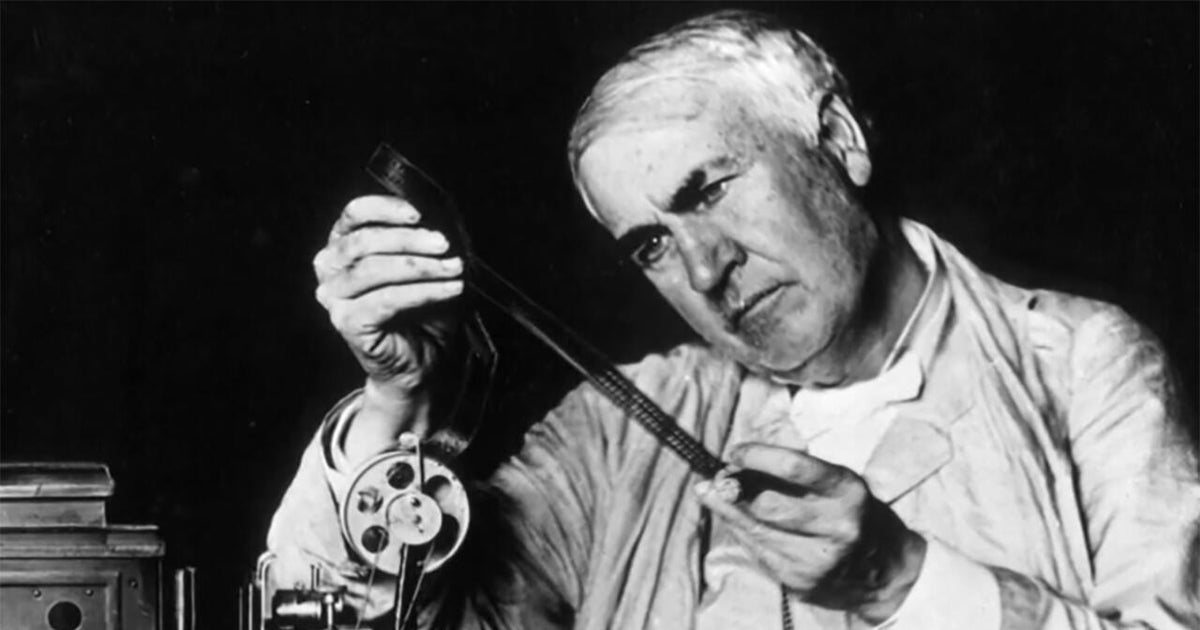Introduction to American Innovation
When you trace the origins of history’s greatest inventions, a pattern emerges: the light bulb, the phonograph, the airplane, the air conditioner, the zipper, the microwave, lasers, transistors, the personal computer, the Internet, GPS, the smartphone… No country on earth has such a rich history of modern inventions as this one. The question is, why is that? The answer might start with a man from Ohio: Thomas Edison, who we know as the inventor of the light bulb.
The Role of Thomas Edison
“Sort of,” notes Hal Wallace, curator at the Smithsonian National Museum of American History. “What we like to say is that Thomas Edison invented one commercially practical light bulb." The light bulb was just one part of Edison’s achievement: "He invented new dynamos, cables, switches, sockets and meters. If you want to sell electricity, you have to have a meter. So it’s a systems approach." On New Year’s Eve 1879, Edison gave an unforgettable demonstration in Menlo Park, New Jersey. He lit up the site, he lit up the lab, he lit up an office building with about a hundred of these bulbs and told the press, ‘Come to Menlo Park and see what we’ve done.’ He especially invited his investors.
Edison’s Achievements and Legacy
Edison’s portfolio also included motion pictures, Portland cement and even a talking doll, "which is one of his famous flops." Steven Johnson, who has written 14 books on innovation, says there are two archetypes that many people use and that are almost always wrong: "They’re the kind of lone geniuses who have a brilliant idea and come up with that idea in a moment of sudden inspiration," he said. “That is almost never the case. Edison gave great credit to the crew,” Johnson said. "He has a famous line in which he says, ‘I’m less of an idea generator and more of a sponge.’" Edison called Menlo Park “the invention factory.” He employed engineers, chemists, glassblowers and mathematicians.
The Pioneer Spirit
Today, Americans are making more inventions than ever before. Over the years, hundreds of entrepreneurs have appeared on TV shows, where they lined up a panel of potential investors. “They always think their idea is great,” says one investor. "Very often that’s not the case. Anyone could have an idea, and everyone has at least a dozen. Actually, everyone has an idea, but building a business? Not many people can do that." When asked what it is about America that encourages such ingenuity, one entrepreneur replied: "I think the people who founded the country got here against all odds. So we got the best of the best in the world."
Factors Contributing to American Ingenuity
The pioneering spirit of immigrants and the willingness to take risks also play a significant role. The American financial ecosystem enables the financing of ideas, with venture capital being much more developed in the US than in most other countries. Additionally, the government has played a crucial role in funding original venture capital funds. The glorification of successful entrepreneurs in American culture also contributes to the country’s innovative spirit. Failure is not stigmatized, and entrepreneurs are encouraged to try again.
The Combination of Factors
According to Steven Johnson, history is regularly turned on its head by major, fundamental technological breakthroughs. “Edison realized he had to build an electrical grid to make the light bulb work,” he said. “But it was the electrical grid that really changed everything, because once you put electricity into the houses, you could turn on the lights, but you could also build a dishwasher, and you could have a television and a radio.” The personal computer ushered in another major round of innovation, then the Internet, and now artificial intelligence. All of it… invented in America. Johnson said: “Openness to new ideas, consumer experimentation, this mix of capitalist model and venture capital, [plus] government support and academic support, when you put all of those things together, it’s a pretty powerful combination.”

